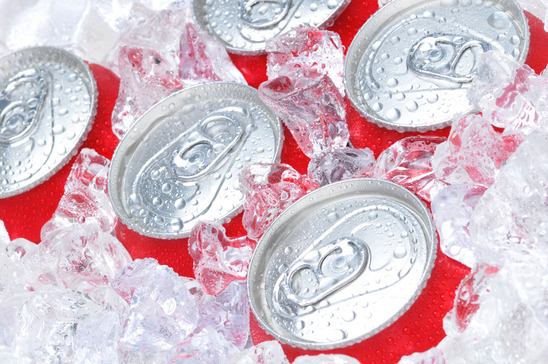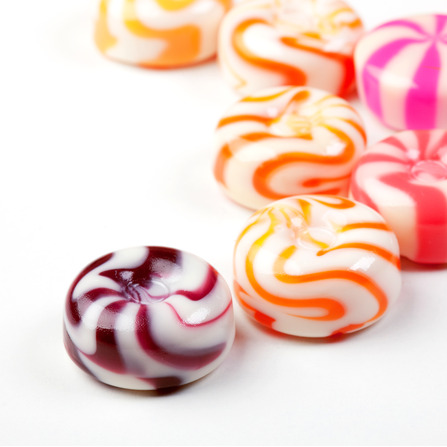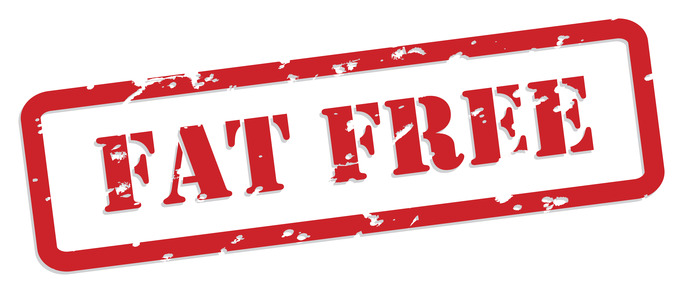Eating sugar brings multiple adverse effects to our health. There is more and more scientific evidence that the consumption of sugar increases risk factors that lead to cardiovascular disease and metabolic syndrome. Unfortunately, sugar is also highly addictive, as it releases opioids and dopamine. No wonder its consumption is high! A report on the consumption of added sugar among Americans for the years 2005-2010 stated that men consumed an average of 335 kcal (21 teaspoons) per day and women 239 kcal (15 teaspoons) per day. This amount of added sugar is way beyond our recommended daily intake limit—6 teaspoons for women and 8 teaspoons for men.
Another report, entitled “What We Eat in America,” covering the span of the years 2009-2010, points out that the major sources of added sugar are snacks and sweets (31%), beverages (not milk or 100% fruit juice) such as sweetened coffee or tea (47%), soft drinks, fruit drinks, and sport and energy drinks. The statistics for other countries are similar since our diets (overloaded with processed foods) become cosmopolitan.
The biggest problem regarding consumption of sugar is that people do not actually know how much sugar they eat. This is mainly caused by high levels of sugar in many types of conventional foods. Nowadays, almost all processed foods contain sugar. Surprisingly, even foods that do not seem sweet (like barbecue sauces, meats, or ready meals) have unexpectedly high doses of added sugar. Even supposedly healthy foods such as cereals or energy bars are not free from it. Unfortunately, sugar is often hidden under seemingly innocent names such as raw or brown sugar (which is popularly believed to be more healthy but is not) and evaporated cane or fruit juice.
It is understandable that many people do not know how to design their own healthy diet, deciding which foods to avoid or how to cope with overwhelming marketing strategies that add all this sugar onto our plates. It is, however, necessary to remove all sugar—or at least as much as possible of it—from our regimen. Here, we give you three simple steps to follow if you want to eat much healthier and feel way better.
Eliminate sweet beverages
Here we refer to all types of sweet drinks you can think of, such as fruit drinks, sodas, energy and sport drinks, sweetened waters, flavored waters, sweetened fruit and vegetable juices, nectars, and sweetened coffees and teas. They are all loaded with different types of added sugar. The consumption of such beverages is associated with an increase of type 2 diabetes incidences in Europe and the United States, as well as obesity. On top of that, sweetened drinks contain empty calories—meaning that they contribute greatly to our daily energy intake but have almost no nutrients.
If this does not convince you, here are some scary statistics:
-Among adults, one third of calories from added sugars come from beverages, while among children and adolescents, that number is 40%.
-About 75% of all foods and beverages contain added sugar.
-Soft drink consumption has increased fivefold since 1950.
Eliminating sweet beverages and replacing them with mineral water, lemon water, coffee, or herbal tea can decrease your sugar intake dramatically.
Eliminate snacks and sweets
Sweet cravings catch us usually between meals when the sugar level in our blood drops and we feel that we need to eat something. A bar or candy is often the simplest solution. However, it can only satisfy us for a short time.
There are a couple of things you can do about this. First of all, you should eat regularly, and your meals should be as nutritious as possible. If they are composed of complex carbohydrates and proteins, you will feel full for longer. You will also avoid high peaks in blood sugar level, which is typical after consumption of refined carbohydrates, such as refined wheat pasta or pies. The more vegetables you eat, the longer the effect will last.
Secondly, when a craving strikes you, try to choose your snack wisely. The choices are almost unlimited. You can choose nuts, veggies, cheese, a healthy dip with carrots or celery, or even a whole meal cookie (one that is low in sugar). If you feel like eating something sweet, grab a fruit, a few dried fruits, a piece of dark chocolate (70% cocoa beans minimum), or…go for a walk.
It would also be a good idea to go for quality over quantity, so instead of a king-size chocolate bar, buy high quality dark chocolates.
Eliminate fat-free products
How should you deal with this? When buying desserts, yogurts, sauces, or ready-meals, you can easily verify the content of such fat-free products by consulting the label. Do a simple comparison to check what you are getting instead of fat—it’s usually sugar and carbohydrates.
If you are dining out, avoid fat-free dressings and sauces, as they will ruin any salad you order. It is better to use vinegar or olive oil, which are usually available. However, they will add fat and calories, so use them in moderation.


